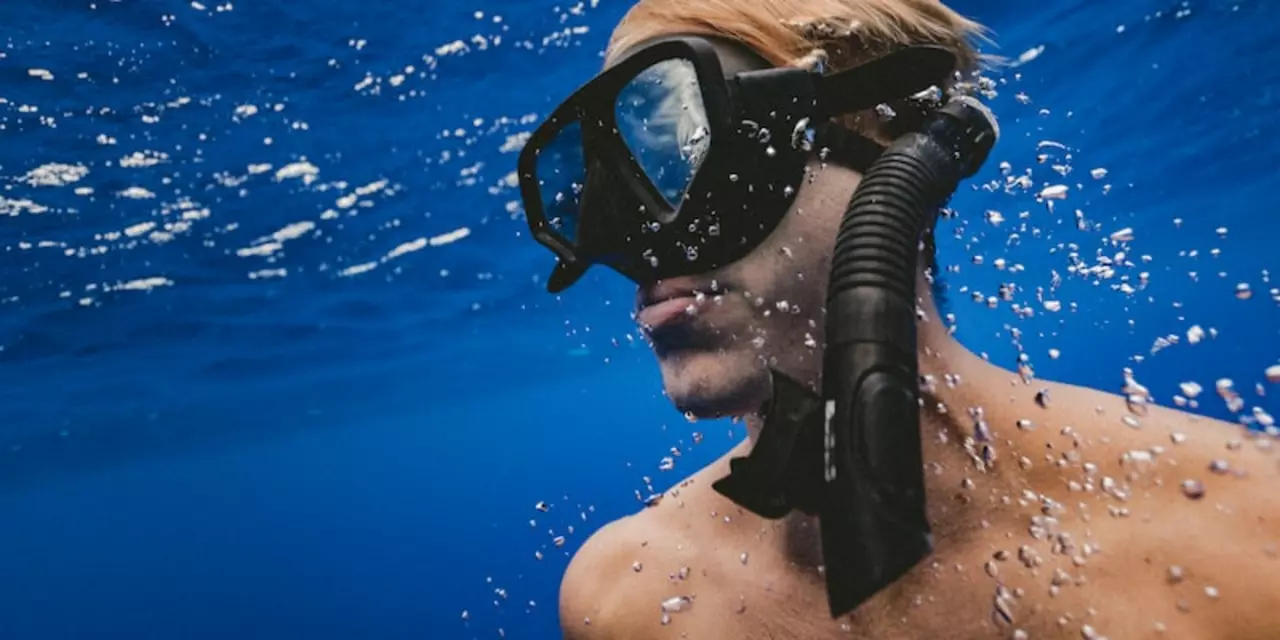Swimming Equipment – Essential Gear for Every Swimmer
When you’re looking at Swimming Equipment, the gear swimmers use to train, race, and stay safe. Also known as swim gear, it forms the backbone of any aquatic routine.
One of the first pieces most swimmers reach for is swimming goggles, protective eyewear that improves underwater vision. Tinted lenses cut glare, balance light levels, and help you focus on technique, especially under bright sunlight or harsh pool lighting. Another staple is the swim cap, a snug elastic cover that reduces drag and keeps hair out of the face. Caps also signal team colors and protect hair from chlorine. For power moves, many athletes add fins, foot extensions that boost kick strength and ankle flexibility. Using fins lets you feel water resistance differently, sharpening your pull and kick timing. Finally, a pull buoy, a buoyant aid placed between the legs, isolates the upper body, forcing a stronger arm stroke while maintaining a streamlined position.
How These Tools Work Together
Swimming Equipment isn’t just a collection of random items; it’s a system. Goggles give clear sight so you can maintain proper head position, caps lower resistance that lets the pull buoy keep you afloat, and fins train the muscles you’ll rely on when the buoy is removed. The right combination tailors the workout to your goals, whether you’re fine‑tuning sprint speed or building endurance for long distance. Below you’ll find in‑depth articles that break down each piece, explain when to use them, and share tips on fitting, maintenance, and choosing the best version for your skill level. Dive into the posts to see how the right gear can transform your swim sessions.
Why are swimming goggles tinted?
Swimming goggles come in a variety of tints and shades to suit different needs. Tinted goggles are designed to reduce the amount of light that enters the eyes, reducing glare and improving vision in bright sunlight or indoor lighting. Different tints also help swimmers to distinguish between different depths of water, and can reduce the strain on the eyes caused by bright light. They also help to protect eyes from the chemicals in swimming pools, and can reduce the risk of eye infections. In addition, some tints can be used to enhance performance by helping swimmers to focus on the water ahead.
